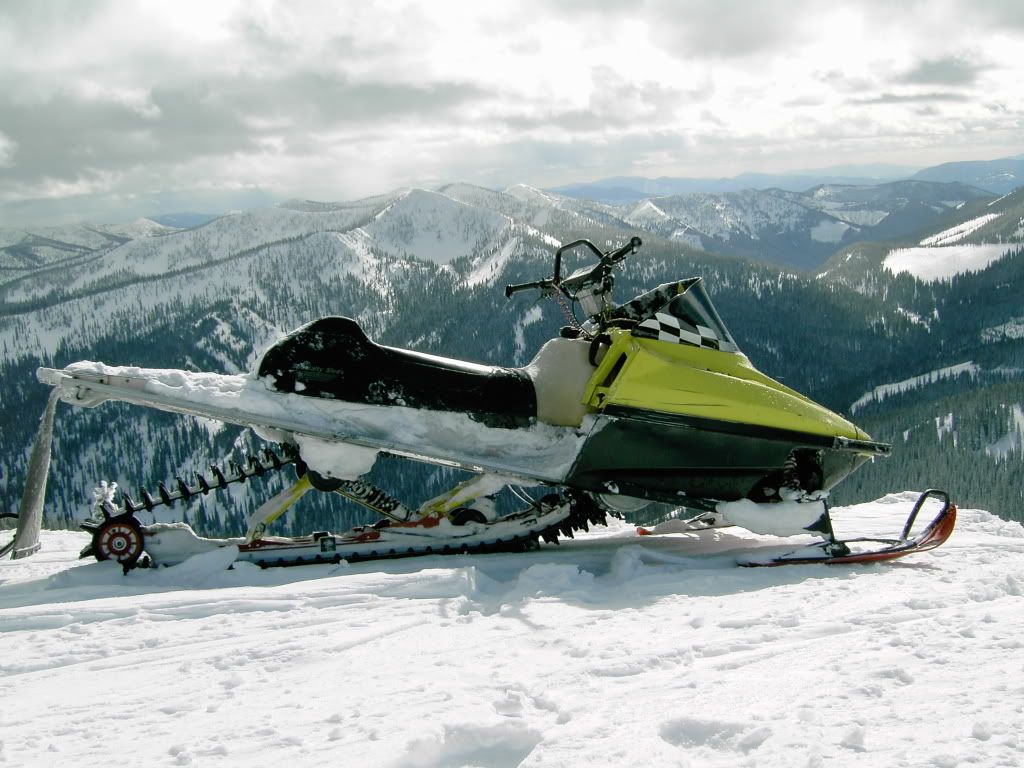More weight = lower rpm and lower engagement. Weight can be distibuted at the heal, in the middle and at the tip. Weight at the tip lowers rpm at fast track speeds and weight near the heal at slow track speeds. Where the weight is located is identified by the weight series numbers 10m etc. Use the weights recomended by SLP web site for starters.
The PRIMARY spring works against the weights. Stiffer the spring the higher the rpm and higher the engagement. You can't change weights or springs without changing RPM or engagement. Springs come in different rates and starting stiffness so you can change shift rpm at different track speeds.
Secondary spring contols how easy it is to pull the belt down in the secondary. If it is a loose spring, the belt can be pulled down and RPM will drop. Again a variety of initial force and rates are available to tune RPM's at different track speeds. Pre tensioning the spring by changing the hole location will move the rpm the entire range of track speeds.
The helix also controls how the belt falls into the secondary. Think of it as an ax sinking into wood. A very narrow ax will put alot of side force on the wood and split it while a very broad ax will not put as much side force. So a low angle ramp will pinch the belt tighter for a given amount of belt tension and resist being pulled in to the secondary. The helix is what controls back shift. It turns out that when you pull a motor down from peak horse power, engine torque actually increases and so does belt tension. When tension increases, the helix acually screws the secondary together producing a back shift...So you can tune rpm with a helix, but remember, if you choose too agressive of a helix, the sled my pull like crazy from the bottom, but if you get out of the throttle and then back in, it might not back shift.
The important thing to remember, is that there is not a single truth. You can clutch the primary light and use light springs, but the tension might not be enough and you might get a bouncing RPM. Also, if you clutch light, it will be more sensitive to dirt or lack of maintenance. You also don't want belt slippage (heat).
If you clutch heavy and compensate with heavy springs, it will be less sensitive to maintenance trouble, but the clutch and wear out faster, be less efficient be cause ther is too much friction, but back shift might improve.
Experts out there make sure I did not lie, or get myself confused....
Put in SLP's combo and then tell us what is happening



